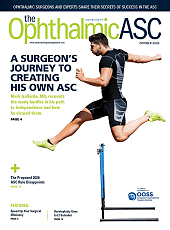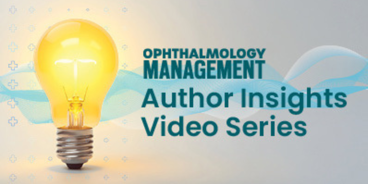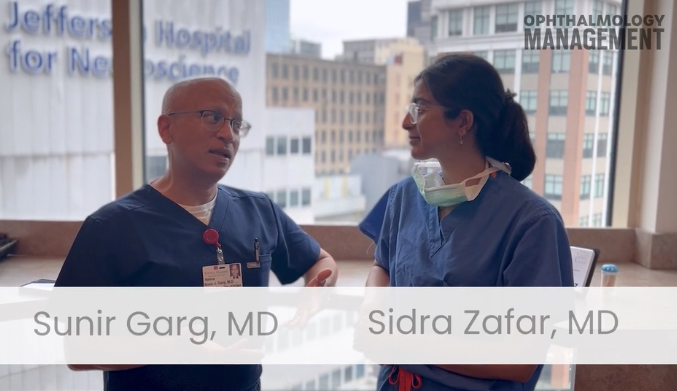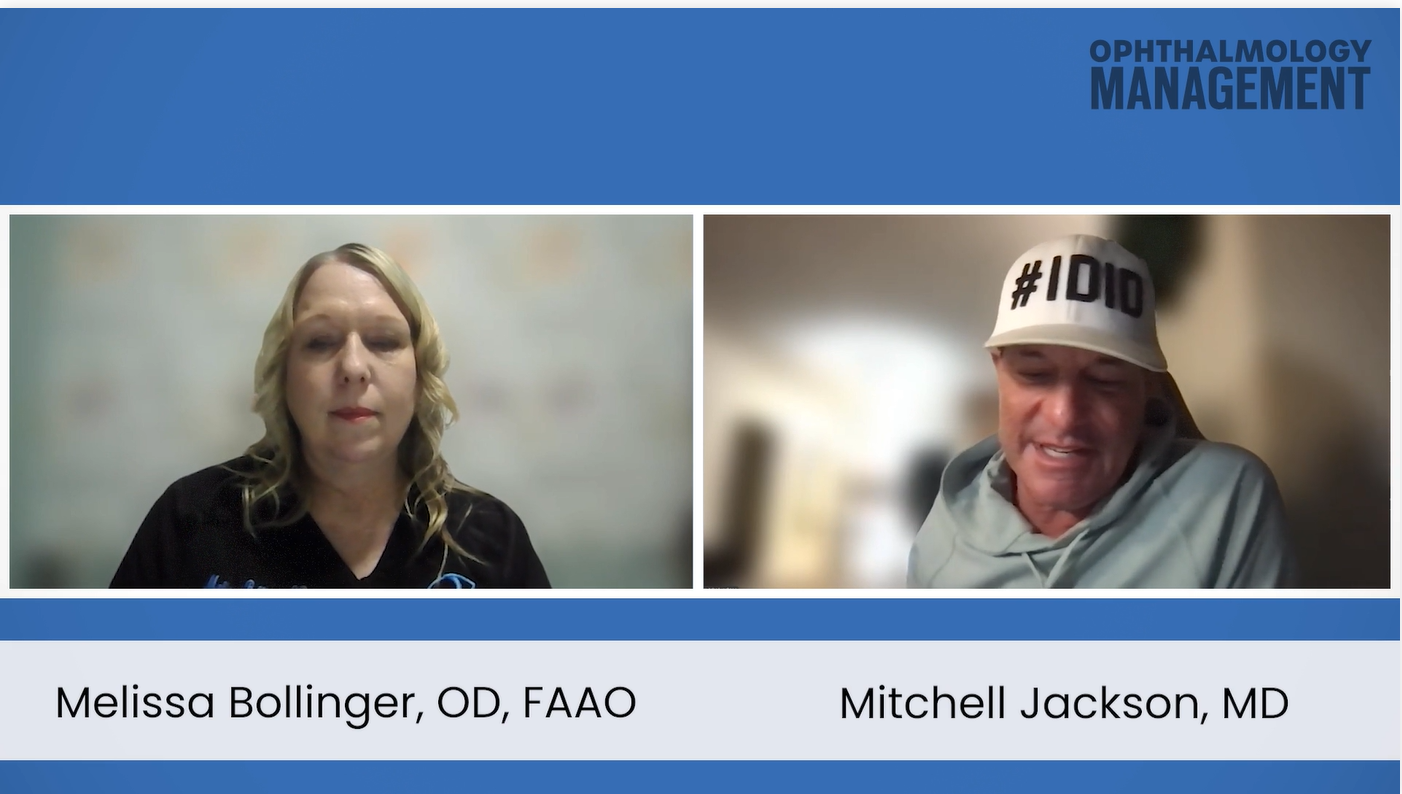A transcript of this conversation follows:
Dr. Donaldson: Hi, my name is Kendall Donaldson and I'm a professor of clinical ophthalmology here at the Bascom Palmer Eye Institute, and I'm really excited to be here today with our chief resident, Despoina Theotoka.
Dr. Theotoka: Hi, I am so excited to be here today with everyone and with Dr. Donaldson. We're going to talk a little bit about a paper that we recently wrote on the future of accommodating intraocular lenses [“The Holy Grail of Cataract Surgery”].
Dr. Donaldson: I was very excited to write this paper with you. It was in Ophthalmology Management recently, and it basically discussed a little bit about the future of lens development, specifically accommodating lens technology, which we've had available to us here in the United States for almost 25 years. But it has really kind of fallen out of favor because accommodating lens technology never really worked like we would like it to. So you did a great overview of the Crystalens and the Trulign [Bausch + Lomb].
Dr. Theotoka: Exactly right. So these are the only FDA approved accommodating lenses. However, they're not widely used today. In Europe, there's actually one lens that has received the mark to be used, the Lumina lens [AkkoLens], and that is showing very promising clinical outcomes. However, there's a lot more in development that we are very excited about, and these are the ones we talked about in the paper.
Dr. Donaldson: Presbyopia is just such a frustrating condition, and it's really ubiquitous. I mean, we all become presbyopic with time, and it's really considered the holy grail of ophthalmology to discover the cure for presbyopia through accommodating lens technology to really recreate the human lens, which could be wonderful.
Dr. Theotoka: Exactly. And so essentially these accommodating lenses are a little bit different comparing to the multifocal lenses. The multifocal lenses, they split the light into different focal points, and that can cause a lot of glaring halos. However, the accommodating lenses are designed to actually change the shape or the position of the lens in response to the ciliary body muscle contraction, and that mimics the natural lens and can provide a more smooth visual experience. So that's why we're so excited about them.
Dr. Donaldson: I think all of us that do premium lenses with our cataract surgery have been frustrated, although we're lucky to have a lot of different types of lenses that we can offer our patients. And as far as presbyopia correction, we have multifocal lenses and specifically diffractive technology. So we know that diffractive technology can be associated with a host of side effects like glare and halos. And as you mentioned, the splitting of light causes a loss of contrast sensitivity. So it would be wonderful to someday have lenses where we don't have to make those compromises; if we had lenses that weren't associated with dysphotopias and we didn't have to compromise a contrast sensitivity. So I do dream of a day where someday we do have accommodating lens technology that can mimic the human lens. As you mentioned, there were a few lenses that I know you reviewed so nicely in the paper. Maybe could go over some of those.
Dr. Theotoka: Yeah, exactly. So there are a lot of them actually out in the market. Some of them have more data than others. Some of the ones that we talked about where the Juvene [LensGen] and the OmniVu [Atia Vision], these ones are modular systems that can also be exchanged if we need to. Then we talked about the FluidVision [Alcon] that uses some fluid sifting to change the curvature of the lens. We also talk about Opira [ForSight Vision6] and Lumina, that they are sulcus-based lenses that can kind of interact with the ciliary body and the JelliSee [JelliSee Ophthalmics], which is actually trying to replicate the biomechanics of the pediatric crystalline lens. And those are all out in development. There are trials on them and they have a very promising results.
Dr. Donaldson: It seems like most of those lenses are a few years away, but I think probably within 5 to 10 years we'll have some of that technology available to us. And I know a lot of the different companies, our industry partners, are working hard to bring us that technology. So it's very exciting and I think there's still a lot of challenges to come. Certainly large clinical trials that really show that these lenses work. Most of these lenses are delivering about 3 to 4 diopters of accommodation for the most part, and it would be wonderful to have even more range of accommodation. So, we’re really hopeful for that in the future. But it's super exciting and I can't wait to move this field forward.
Dr. Theotoka: We didn't talk about the challenges. Some of the challenges that they still remain with those lenses is that we don't know what the outcomes may be in 5 to 10 years when we have maybe some capsular fibrosis and how that may affect the functionality of those lenses. And like you mentioned, we need some long-term clinical trials to validate their safety and assess their efficacy over time.
Dr. Donaldson: Yeah, that's very true. With Crystalens in the past, we found it was a bit unpredictable. And you're right, as the capsule can fibrose over time, we don't want to lose that accommodation that the patient has initially and then just diminishes over time. So those are great points, but hopefully by the time–well, certainly by the time you have cataract surgery–maybe you'll be able to have this technology, I'm sure. But me, I don't know. They’d better hurry up.
Dr. Theotoka: I think it's a very promising pathway and effort to restore vision, and I'm really excited to see all the upcoming changes and new developments.
Dr. Donaldson: Absolutely. Again, thank you for being here today to talk about this.
Dr. Theotoka: Thank you, Dr. Donaldson, it was an exciting paper to work on.











